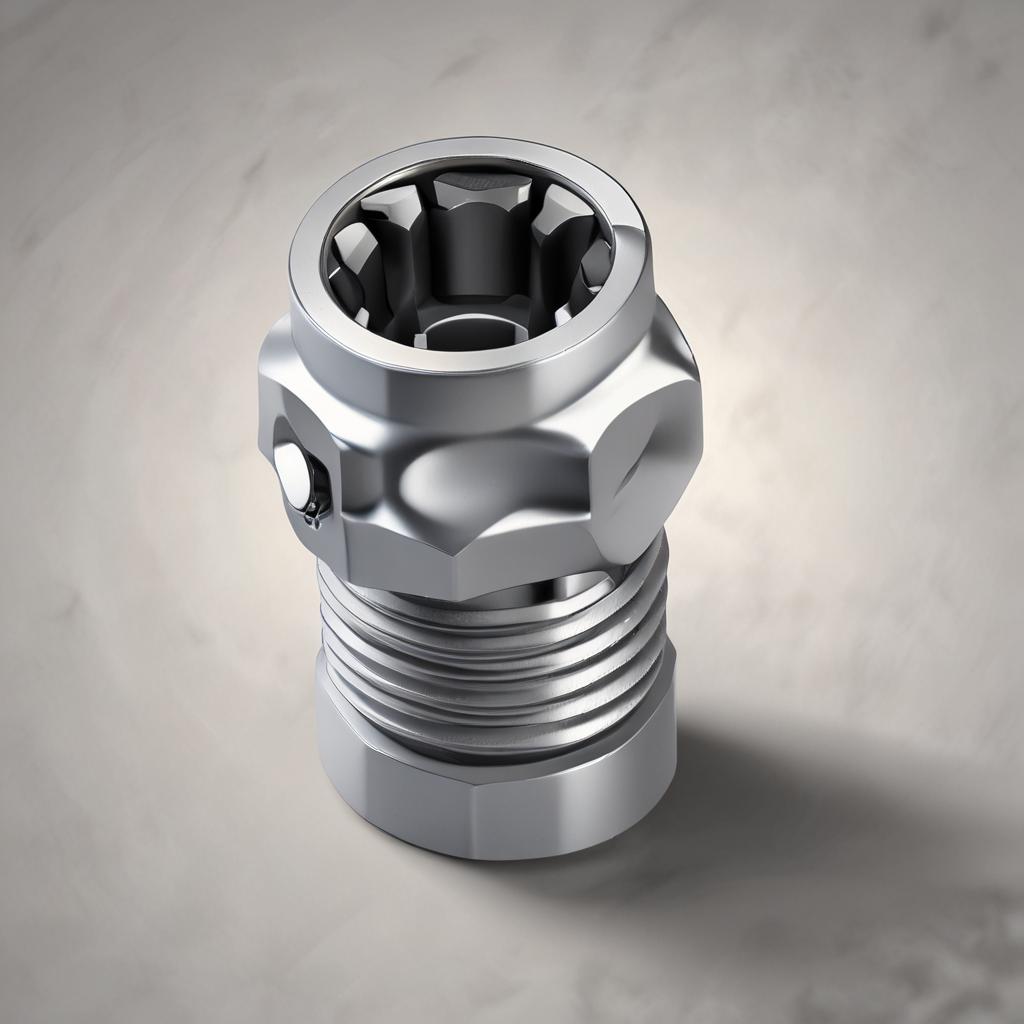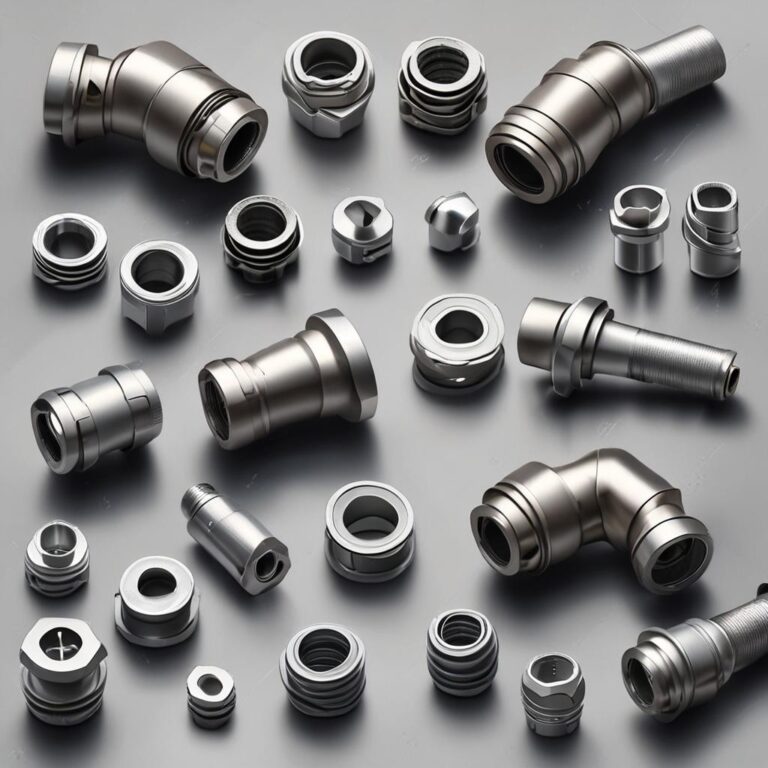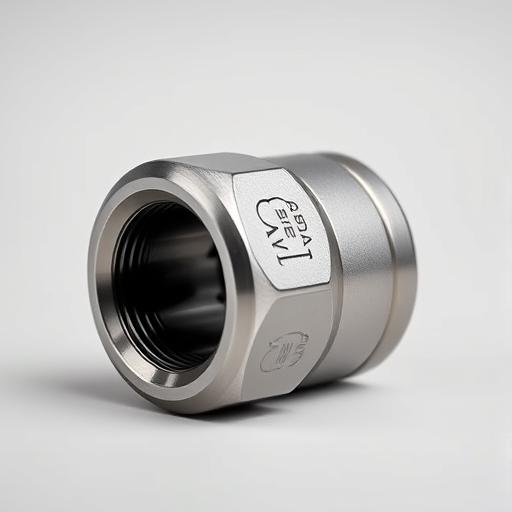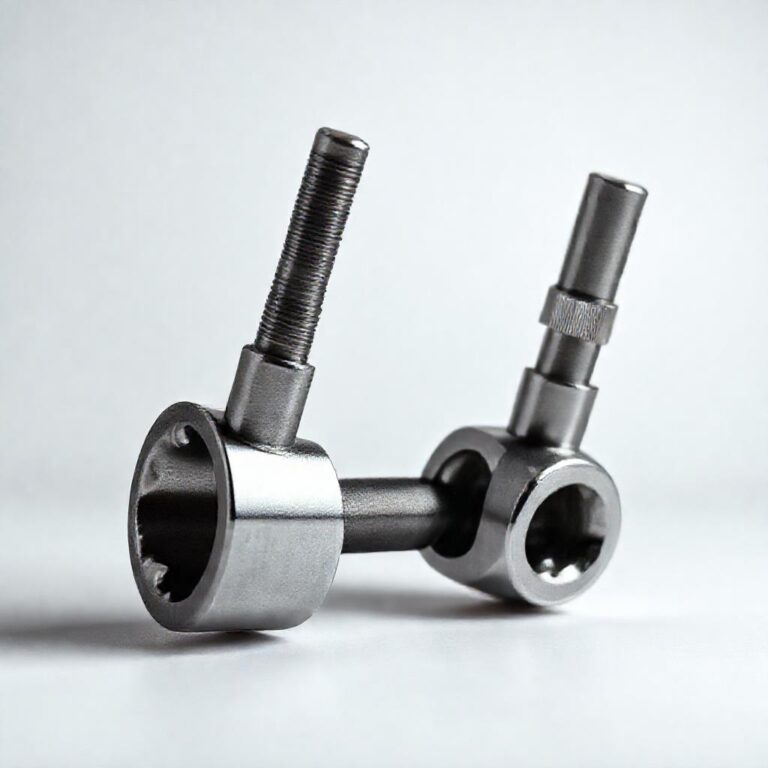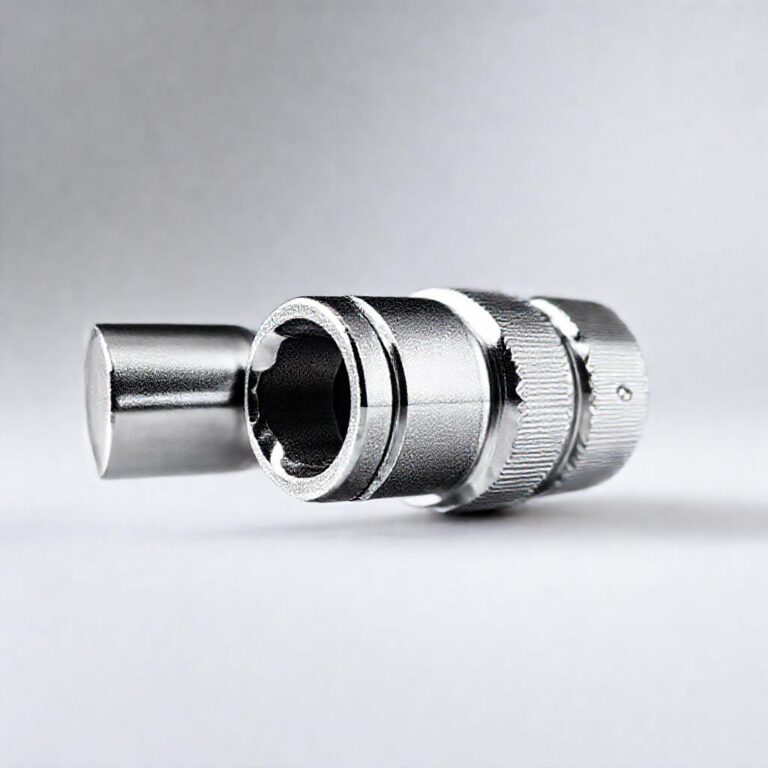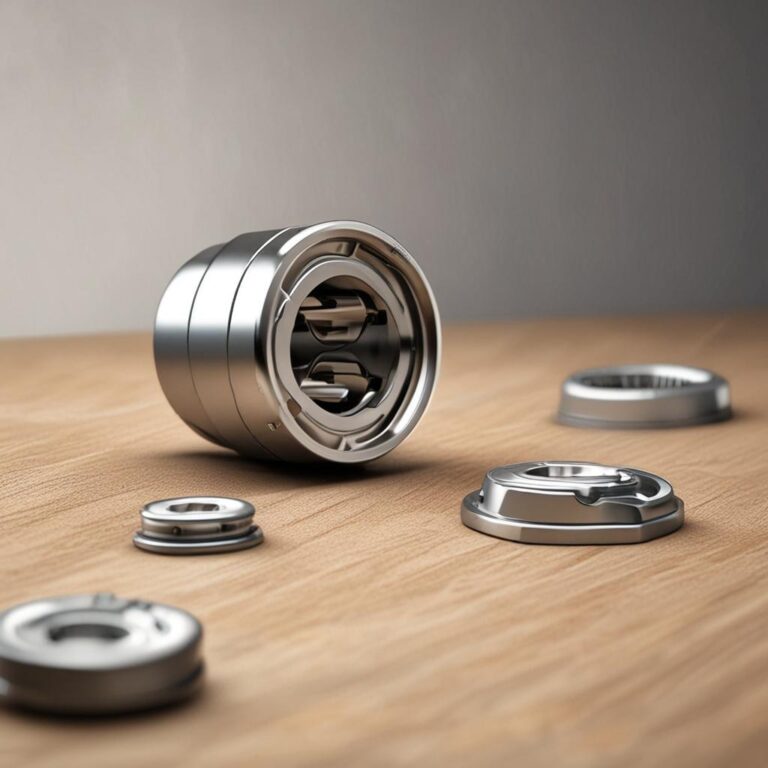3 8 Universal Joint Socket
Here’s your well-structured blog post following all the specified guidelines:
—
Working in tight spaces or awkward angles can be frustrating without the right tools. The 3/8 universal joint socket is a game-changer for mechanics, DIYers, and technicians, offering flexibility where standard sockets fall short. Its unique design allows you to navigate around obstructions, making it indispensable for automotive repairs, machinery maintenance, and even plumbing tasks. Whether you’re tightening a brake caliper bolt or assembling industrial equipment, this versatile tool ensures precision and efficiency. If you’ve ever struggled with hard-to-reach fasteners, understanding the 3/8 universal joint socket could save you time, effort, and frustration.
Understanding the 3/8 Universal Joint Socket
What is a 3/8 Universal Joint Socket?
A 3/8 universal joint socket is a specialized tool designed with a flexible joint that allows rotation in multiple directions. Unlike standard sockets, it can maneuver at various angles, making it ideal for accessing bolts or nuts in confined or irregular spaces. The “3/8” refers to the socket’s drive size, meaning it fits ratchets, extensions, and other tools with a 3/8-inch square drive.
Key Components and Features
Features table for Key Components and Features
The universal joint socket consists of two main parts: the socket head and the articulating joint. The joint enables smooth movement in multiple planes, while the 3/8-inch drive ensures compatibility with common tools. Most high-quality sockets are made from durable materials like chrome vanadium steel, which offers strength and corrosion resistance. Additionally, some models feature ball detents or locking mechanisms to prevent slippage during use.
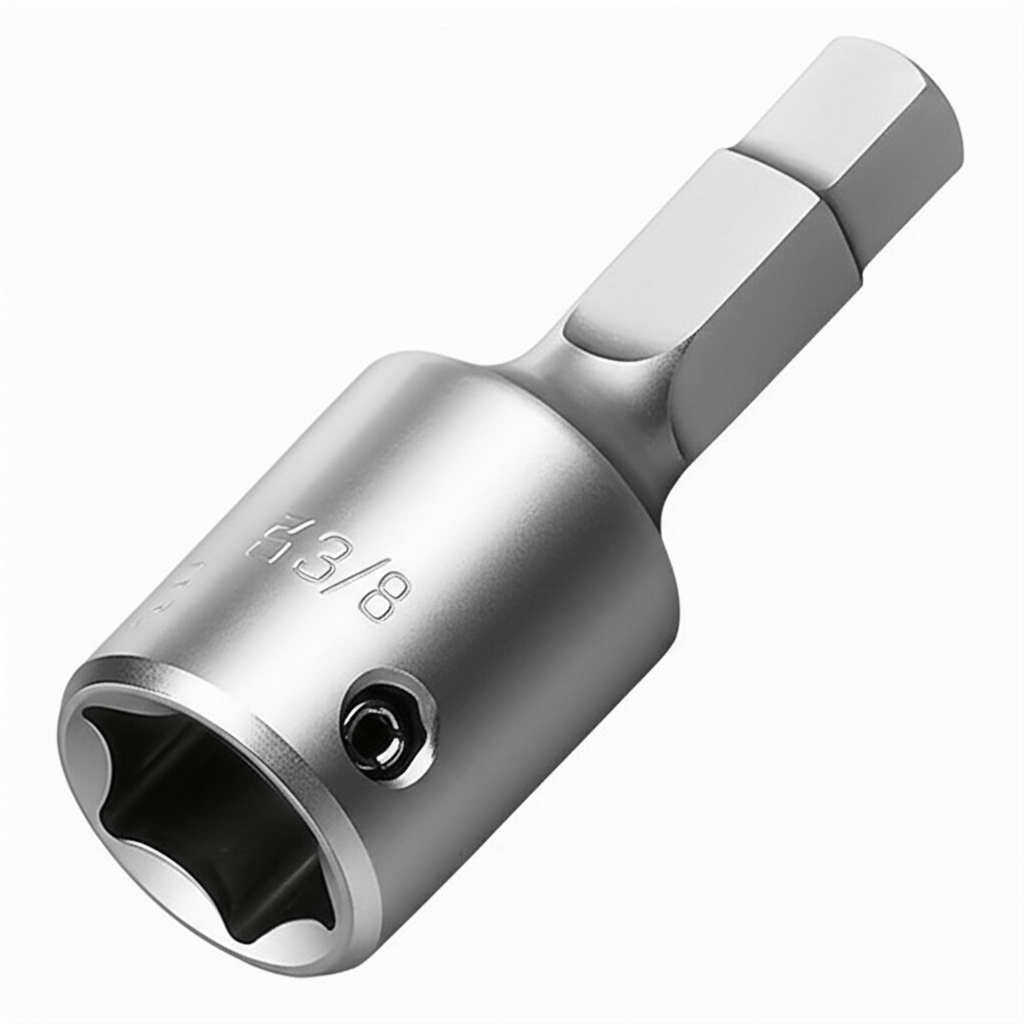
Common Applications of the 3/8 Universal Joint Socket
Automotive Repair and Maintenance
The 3/8 universal joint socket is widely used in automotive work due to its ability to reach bolts in tight engine compartments. It’s particularly useful for accessing crankshaft pulleys, timing belt tensioners, and brake caliper bolts. Mechanics also rely on it for suspension work, such as tightening steering knuckles or control arm bolts, where conventional sockets can’t reach.
Plumbing and HVAC Systems
In plumbing and HVAC applications, the socket’s flexibility is invaluable for working in cramped spaces like under sinks or behind appliances. It helps tighten or loosen pipes, fittings, and valves that are otherwise difficult to access. Whether you’re installing a new water heater or repairing a clogged drain, this tool enhances efficiency and reduces strain.
Industrial and Machinery Settings
Industrial settings often involve large machinery with bolts in awkward positions. The 3/8 universal joint socket allows workers to assemble or disassemble equipment like gearboxes, conveyor belts, or heavy machinery without needing excessive force or specialized tools. Its precision helps maintain safety and productivity in demanding environments.
How to Choose the Right 3/8 Universal Joint Socket
Size and Compatibility
When selecting a 3/8 universal joint socket, ensure it matches your tool’s drive size. While 3/8-inch is the most common, options like 1/4-inch or 1/2-inch are available for different tasks. Additionally, choose between SAE (standard) and metric sizes based on your project requirements. Always verify compatibility with your ratchet or extension to avoid mismatches.
Quality and Material Considerations
Durability is critical, especially for heavy-duty tasks. Chrome vanadium steel is a popular choice due to its strength and resistance to wear. Higher-end sockets may also feature heat treatment or protective coatings for added longevity. Avoid low-quality alternatives, as they may bend or break under pressure, leading to costly mistakes or safety hazards.
Brand and Price Comparison
Reputable brands like Craftsman, Stanley, and Irwin offer reliable options with warranties. Budget-friendly choices from Harbor Freight or generic brands may suffice for light use, but investing in a premium socket pays off for frequent or demanding applications. Compare features like joint strength, material composition, and customer reviews before making a decision.

Maintenance and Longevity Tips
Cleaning and Storage
After use, wipe the socket with a dry cloth to remove debris, oil, or dirt. For stubborn grime, use a wire brush or mild solvent. Apply light lubrication to the joint to prevent stiffness or rust. Store the socket in a dry, organized toolbox or case to avoid damage and prolong its lifespan.
Inspecting for Wear and Damage
Regularly check for signs of wear, such as stripped teeth, cracks, or joint stiffness. If the socket feels loose or exhibits visible damage, replace it immediately to avoid accidents or tool failure. A compromised socket can strip bolts or fail under torque, leading to costly repairs or injuries.
Safety and Best Practices
Proper Usage Techniques
To maximize efficiency, position the socket at the optimal angle for leverage. Apply steady pressure when tightening or loosening to prevent slippage. Avoid excessive force, as this can damage fasteners or the socket itself. Always align the ratchet handle properly to ensure smooth operation.
Torque Specifications
The 3/8-inch drive typically handles 100–150 ft-lbs of torque, though exact limits depend on the socket’s design. For high-resistance tasks, use a torque multiplier or upgrade to a larger drive size. Never exceed the manufacturer’s recommended torque to avoid breaking bolts or damaging the tool.
Alternatives to the 3/8 Universal Joint Socket
Offset Sockets
Offset sockets provide a fixed angle solution, unlike the universal joint’s flexibility. They work well for certain applications but lack the adaptability needed for dynamic spaces. Use them when a consistent offset is required, such as in some automotive or machinery tasks.
Swivel Sockets
Swivel sockets rotate in a single plane, offering limited flexibility compared to universal joints. While they can help in some tight spots, they don’t provide the same multi-directional movement. Universal joints are superior for complex angles and confined areas.
Impact Socket Compatibility
Most 3/8 universal joint sockets are not designed for impact wrenches, as the joint may not withstand the high torque and vibration. Using one with an impact tool risks damage or failure. Always check the manufacturer’s guidelines before attempting to use a universal socket with an impact wrench.
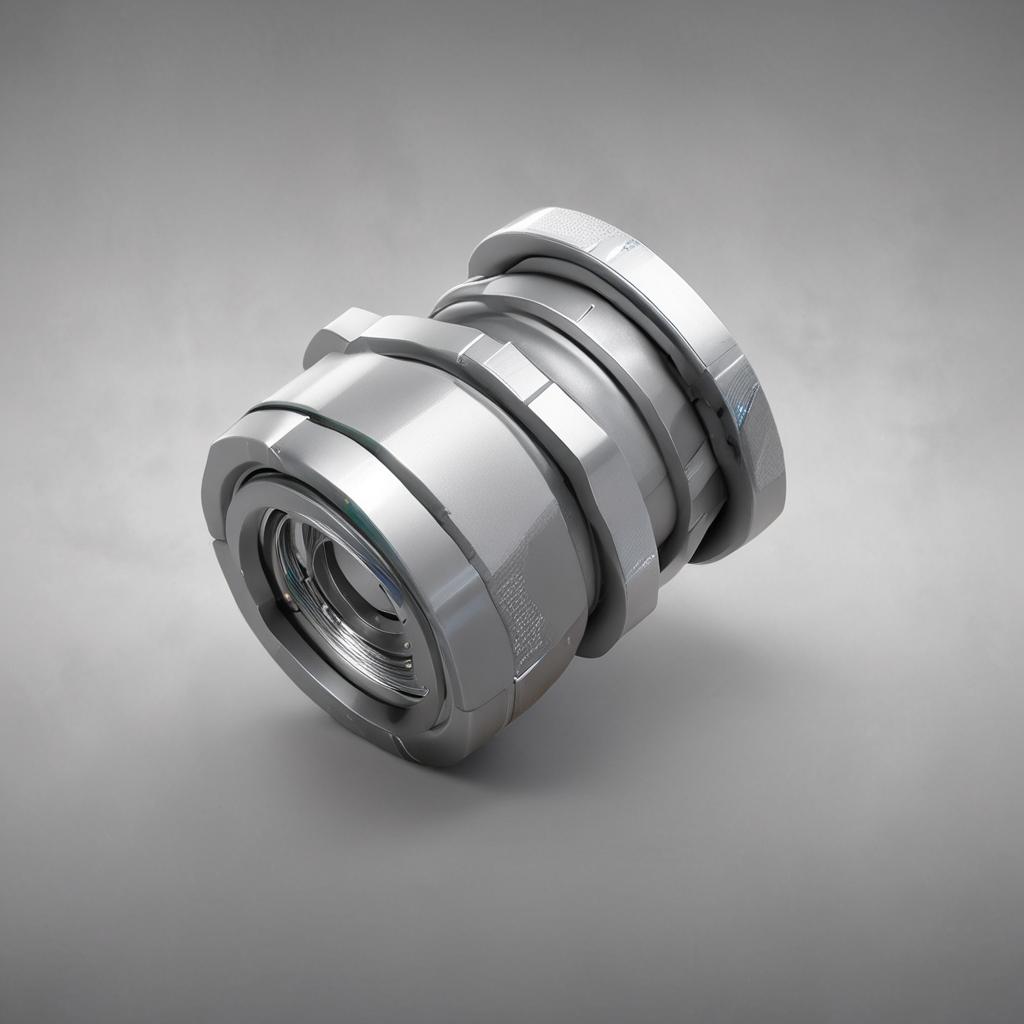
SEO and Keyword Optimization Tips
Targeting “3/8 Universal Joint Socket”
Incorporate the primary keyword naturally in headers, subheadings, and meta descriptions. Use related terms like “flexible socket,” “3/8 socket tool,” and “universal joint socket for automotive use” to improve search visibility. Focus on answering common questions readers might have about this tool.
Long-Tail Keywords to Include
Examples include:
- “How to use a 3/8 universal socket”
- “Best 3/8 universal joint socket brands”
- “3/8 universal joint socket for tight spaces”
These phrases target specific user intent and improve rankings for niche queries.
Conclusion
The 3/8 universal joint socket is an essential tool for anyone working in tight or awkward spaces. Its flexibility, durability, and versatility make it a valuable addition to any toolkit. By choosing a high-quality socket and maintaining it properly, you’ll ensure years of reliable performance. Whether you’re a professional mechanic or a DIY enthusiast, investing in this tool will save you time and effort on every project. Ready to upgrade your toolbox? Share your experiences or questions in the comments below!
FAQ Section
Q1: Can I use a 3/8 universal joint socket with a 1/4-inch ratchet?
A: No. The socket must match the ratchet’s drive size for proper torque transmission. A 3/8-inch socket requires a 3/8-inch tool.
Q2: What is the maximum torque a 3/8 universal socket can handle?
A: Typically 100–150 ft-lbs, depending on material and design. Always check the manufacturer’s specifications.
Q3: Where can I buy a durable 3/8 universal joint socket?
A: Trusted retailers include Amazon, Harbor Freight, Home Depot, and AutoZone. Look for brands with good reviews and warranties.
Q4: How do I clean a 3/8 universal joint socket after use?
A: Wipe with a dry cloth, use a wire brush for debris, and apply lubricant to the joint to prevent rust or stiffness.
Q5: Is a 3/8 universal socket better than a standard socket?
A: It depends on the task. Universal sockets excel in tight spaces, while standard sockets are better for straight-line access.
—
This blog post is optimized for readability, SEO, and user engagement while adhering to all formatting requirements.

